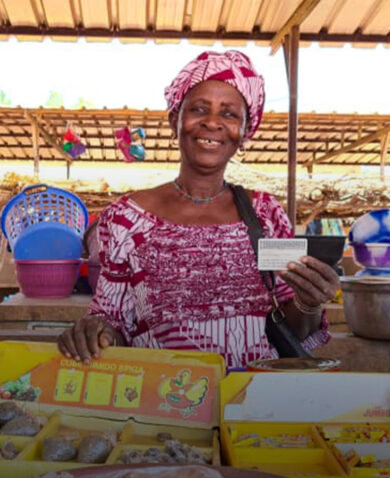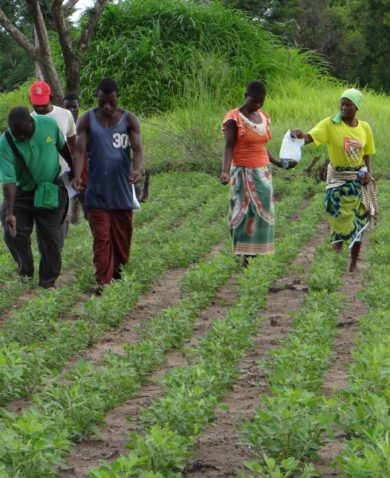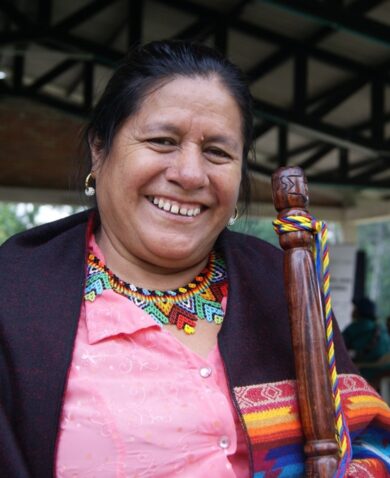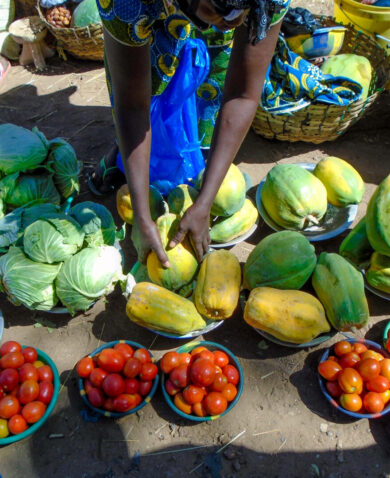
An Argument for Inclusive Stabilization
November 7, 2019 | 2 Minute ReadHow can organizations target the challenges specifically facing minority communities while ensuring efforts contribute to the cohesion and stability of the whole society? Catherine Kannam shares four best practices.
Photo courtesy of USAID Colombia Human Rights Activity.
This post originally appeared on Devex.
When everyone is struggling to recover from violent conflict, singling out one community for assistance among many ethnic and religious identities can actually make matters worse. Yet, to heal the inter-community rifts that set the stage for conflict, targeted outreach to groups that have been historically marginalized is a key element of stabilization.
When a conflict is greatly influenced by perceptions of grievance among different religious and ethnic social groups, working with underrepresented minority groups becomes critical to bolstering resilience and social cohesion.
Consider the conflict in northern Myanmar where Rohingya Muslims are subjected to violence and systemic discrimination. Or northern Iraq, where religious minorities were singled out for particularly brutal treatment by the Islamic State. Religious and ethnic minority-based discrimination extends from Colombia to South Sudan. In areas such as these, development projects can hardly consider transitioning the states from fragile to stable without first addressing the needs and inequities of persecuted communities.
Moreover, we know that no one has just one identity. Belonging to multiple underrepresented identities rooted in ethnicity, religion, and gender, for instance, compounds disadvantage and discrimination. For that reason, development implementers and local stakeholders must heed those underrepresented voices and account for historical inequities to strengthen social cohesion effectively.
The very nature of stabilization assistance necessitates striking a balance between targeted assistance to marginalized groups and the overarching goal of strengthening and building the resilience of the whole community. In turn, it’s essential to follow a set of interlinked best practices to meet implementation challenges and ensure effective, inclusive, and lasting stabilization.
1. Get immersed in the local context to learn, and leverage existing actors and conditions to create change
The term “stabilization” has become as prevalent as the terms “resilience” or “countering violent extremism.” But do we really understand what stabilization is and how to do it effectively?
To ensure any activity will work and to know how to best structure a project, implementers must tailor approaches to the unique local context. That often means identifying and analyzing the institutions, stakeholders, and key leaders necessary to facilitate social cohesion. It is critical to invest in partners who demonstrate capacity and interest in bridging divides … Read the full article on Devex.
Posts on the blog represent the views of the authors and do not necessarily represent the views of Chemonics.














































